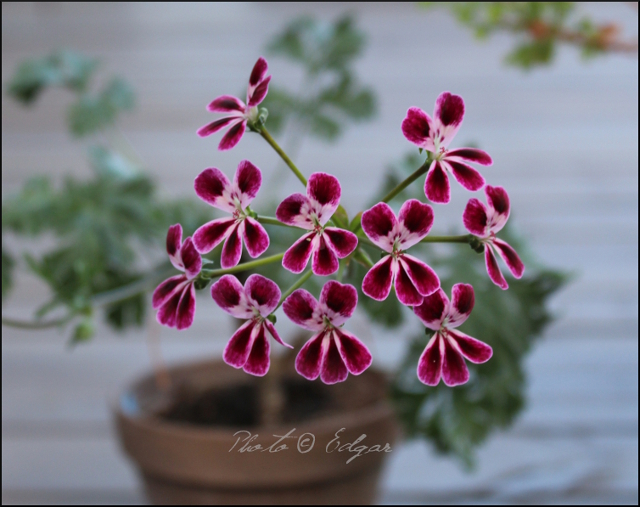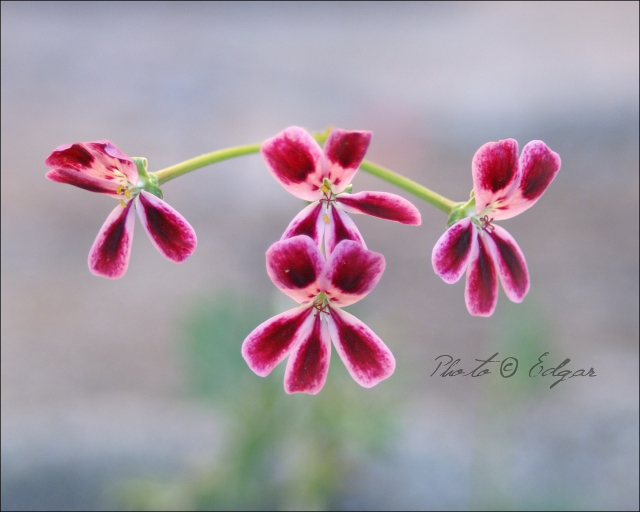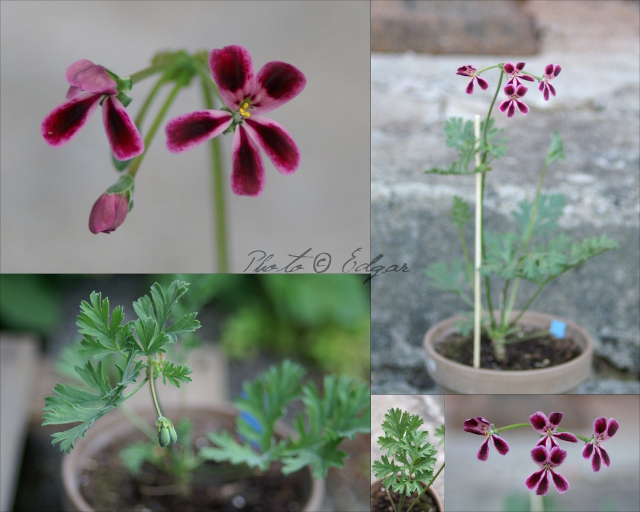Section Cortusina.
Species / variety of P. crassicaule with brown red-ish stems. Grown from seed.
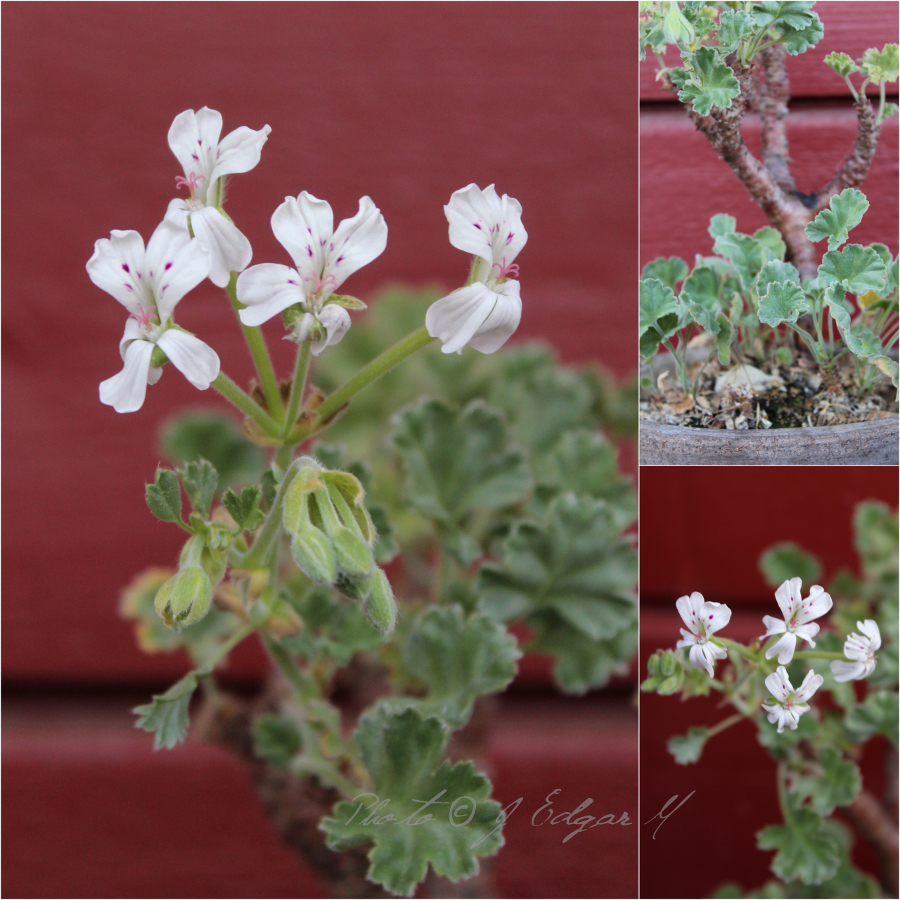
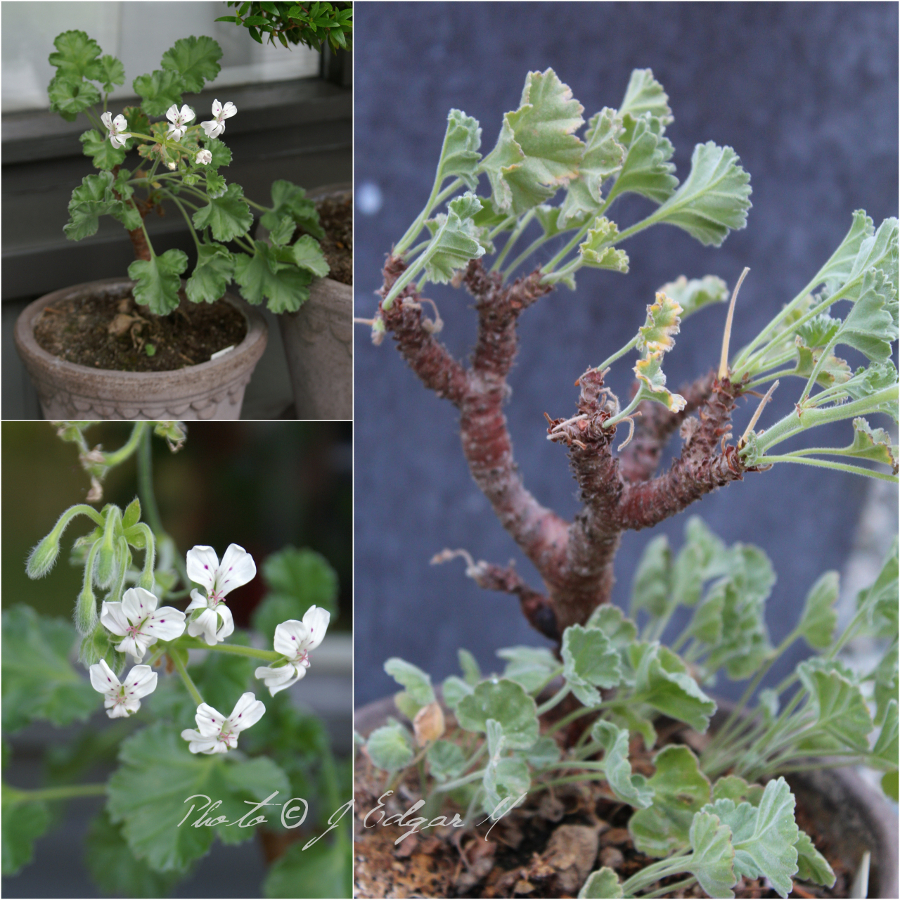
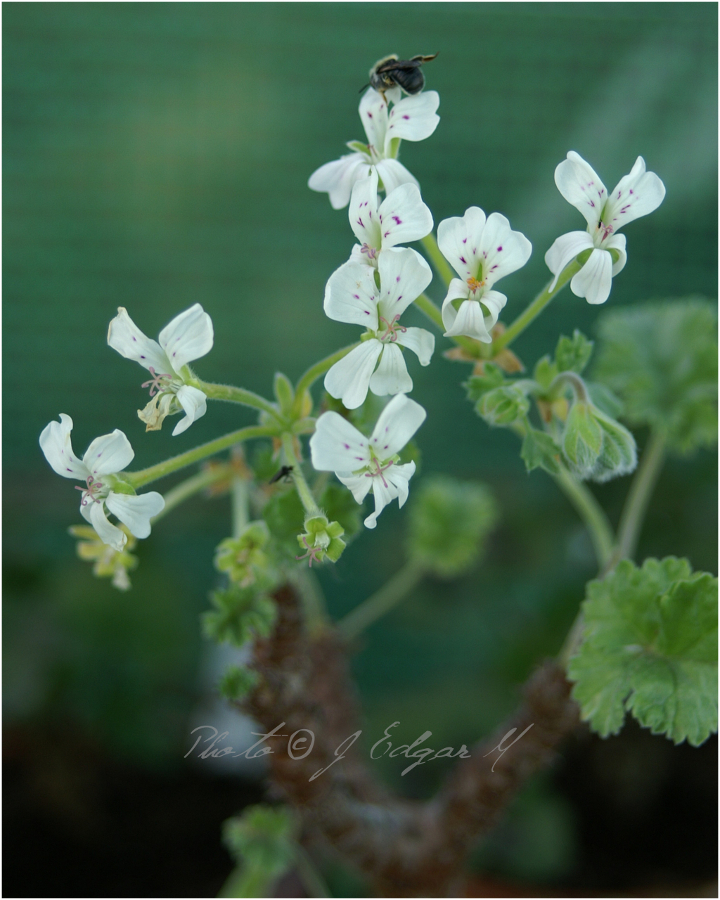

Section Cortusina.
Species / variety of P. crassicaule with brown red-ish stems. Grown from seed.



Section Glaucophyllum.
Easily recognized by the upright lanceolate leaves.
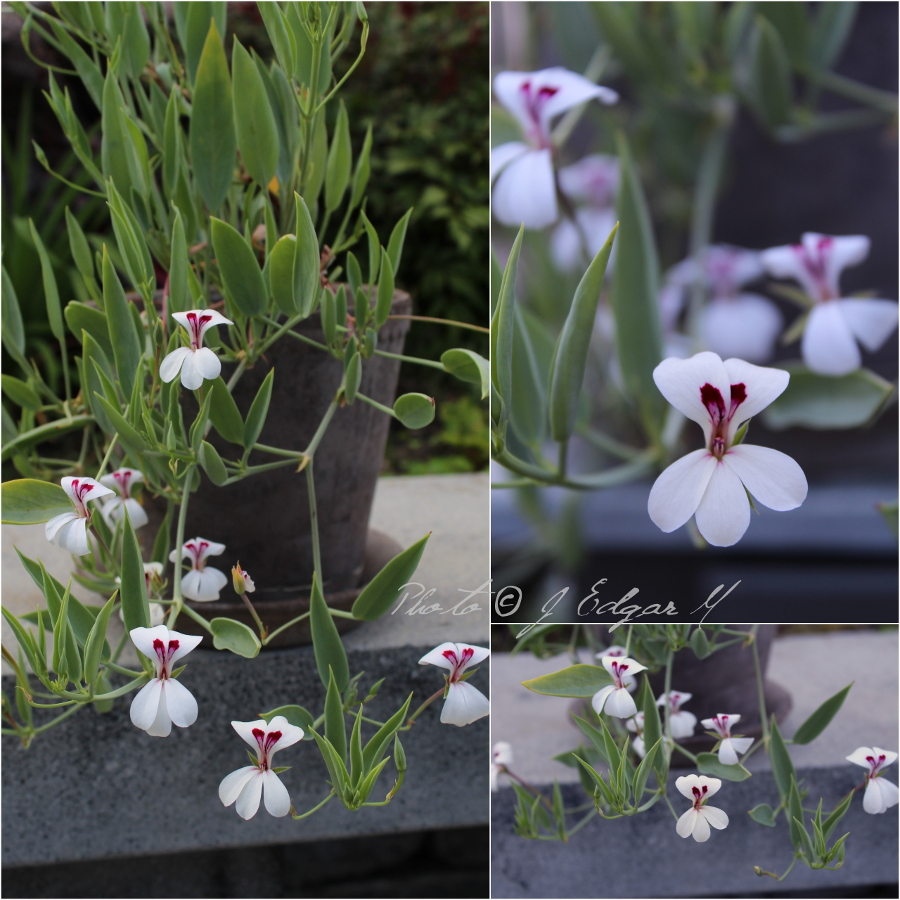
Section Reniformia.
Small plant with woody stems, and sticky scented leaves.
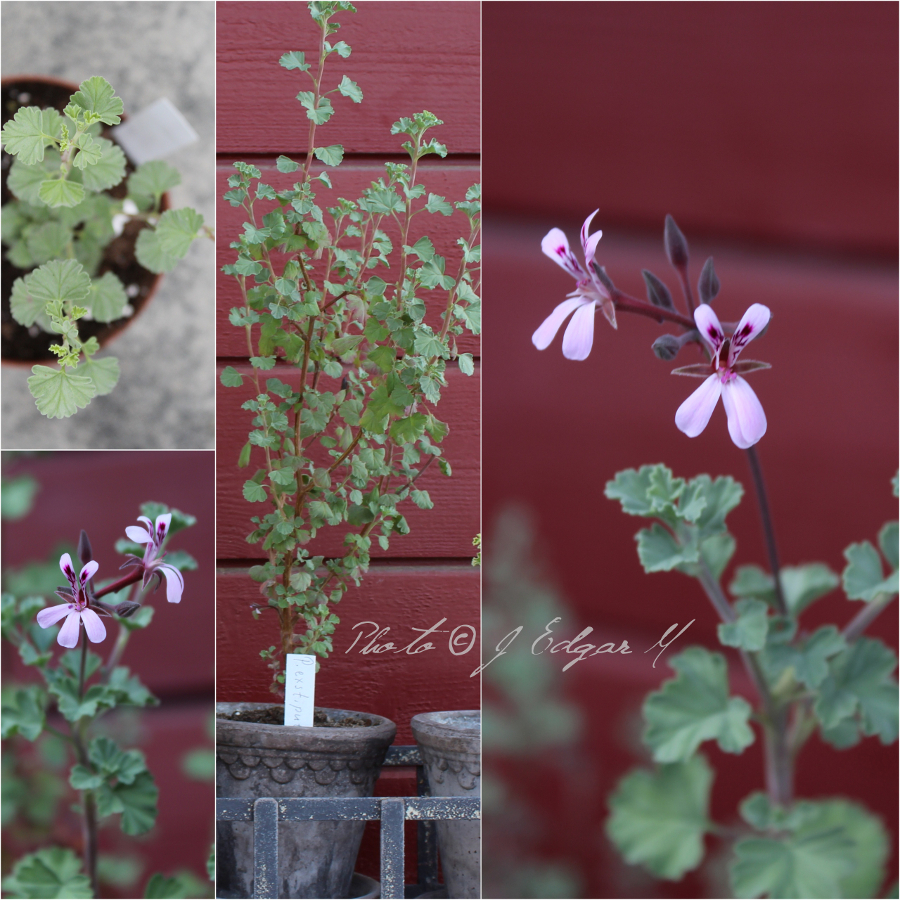
Cultivated form of the species with finely divided leaves. The upper petals of this cultivar are also divided.
The leaves are sticky and have some scent.
P. denticulatum belongs to the section Pelargonium.
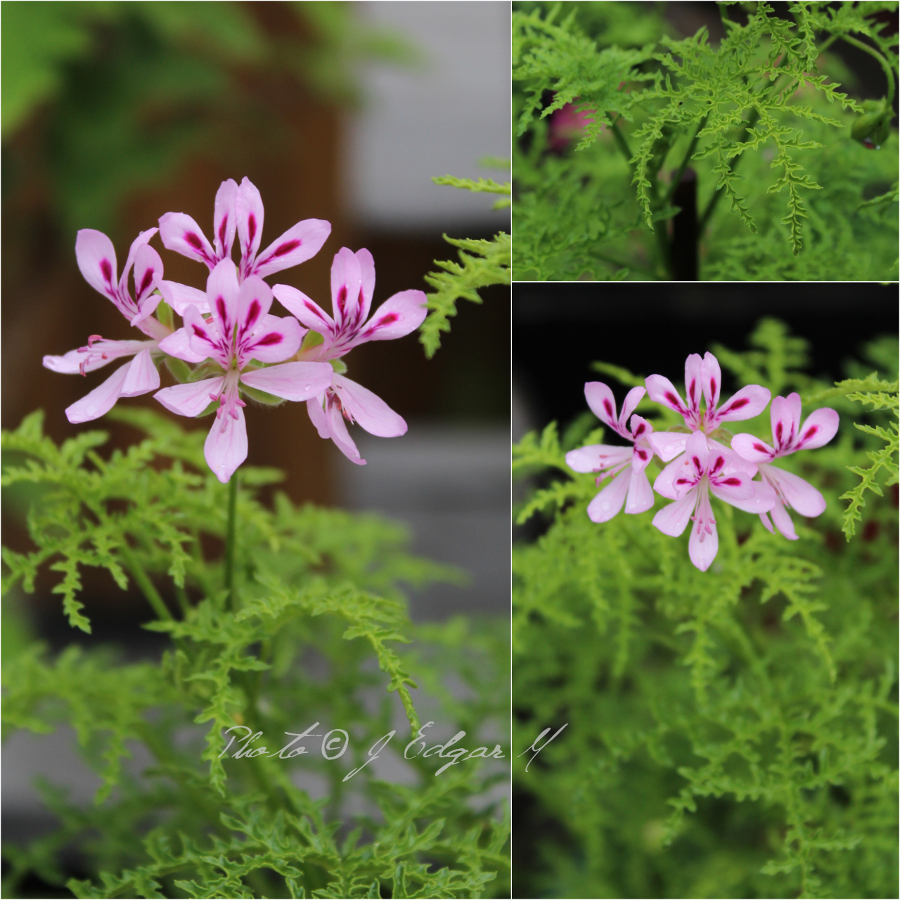
Hybrid of P. bowkeri x P. fulgidum – Eva Tingström, ERA Garden, Sweden.
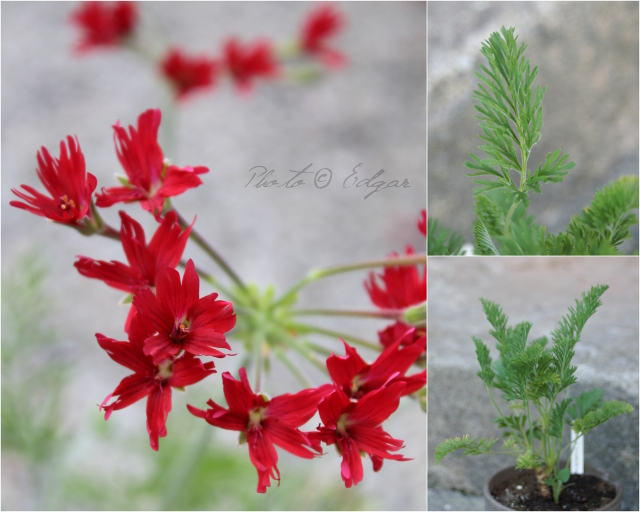
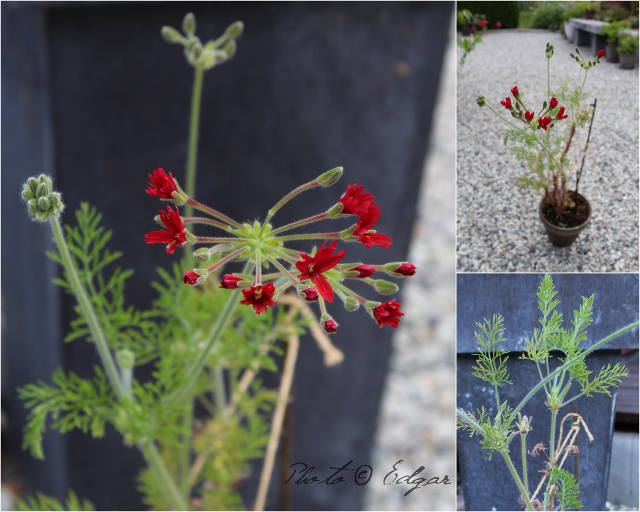
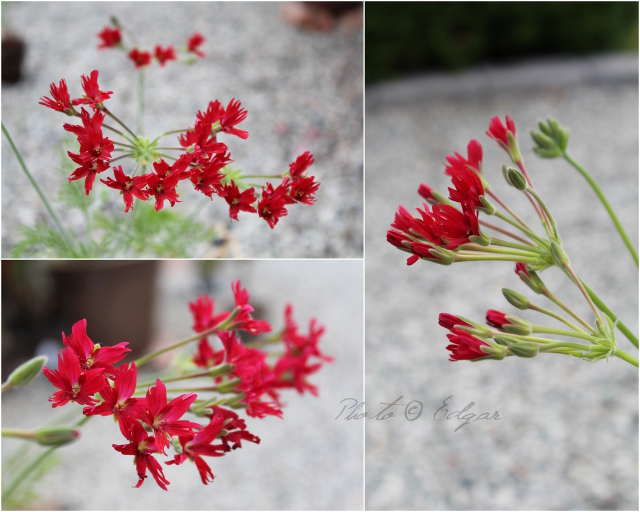
This plant is a seedling from ‘Flora Midnight’.
Whilst ‘Flora Midnight’ has very dark flowers, the flowers of this plant became very pale.
Perhaps because it has P. anethifolium back in its ancestors.
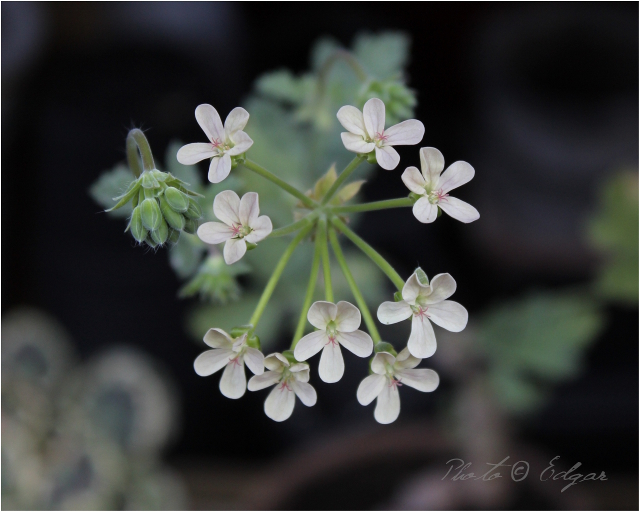
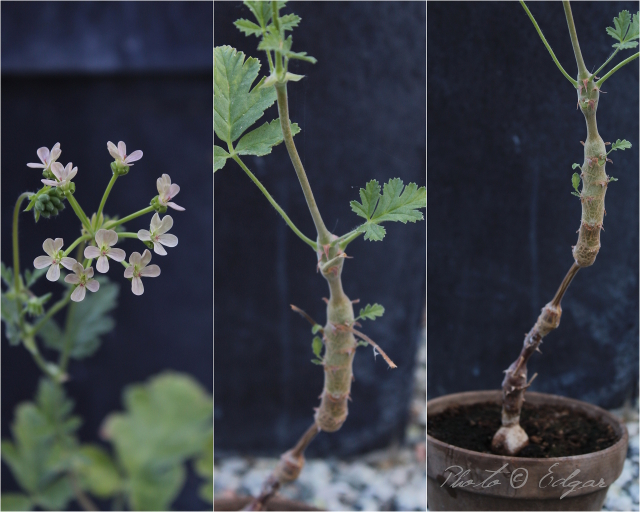
The buds have a purplish tone, and then the petals fade to an off-white colour as they age.
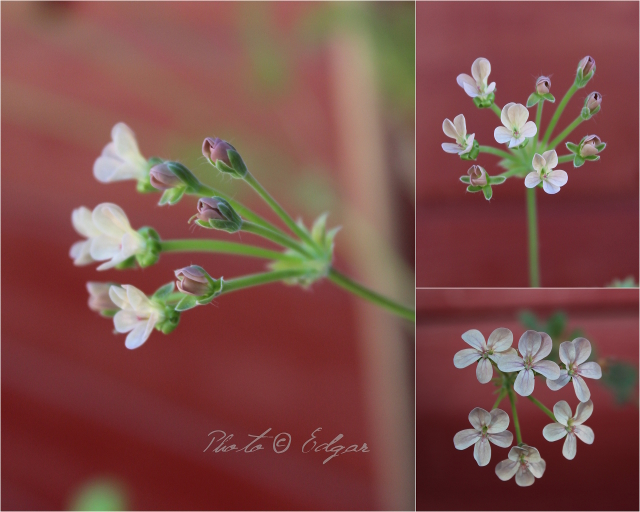
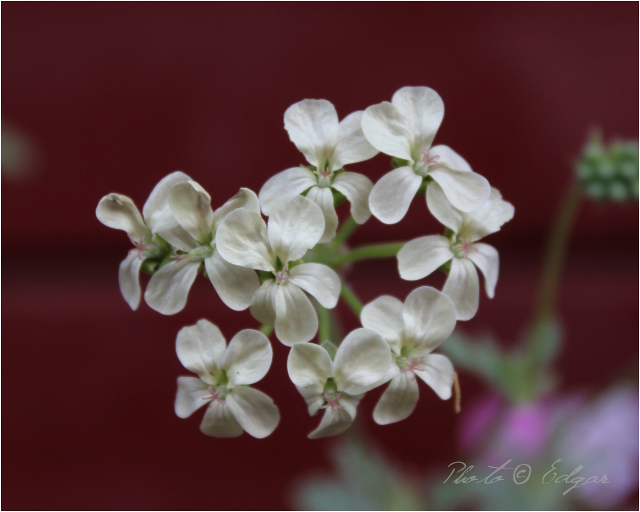
Species in the section Glaucophyllum.
Got this as P. grandiflorum, but this is probably a hybrid and not the true species.
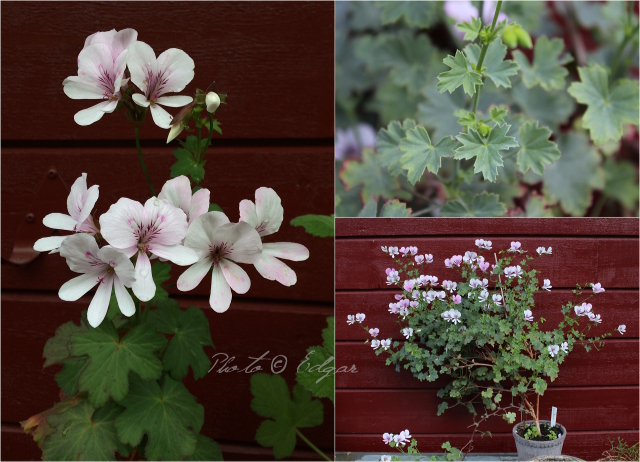
Updated June 2024.
Species in the section Ciconium, previous placed in Jenkinsonia.
Named after Borana in Ethiopia, where it was first found in 1972.
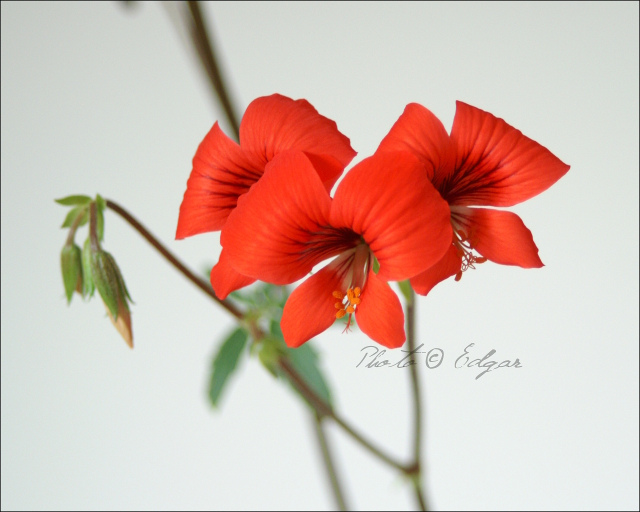
Large orange-red flowers with darker markings.
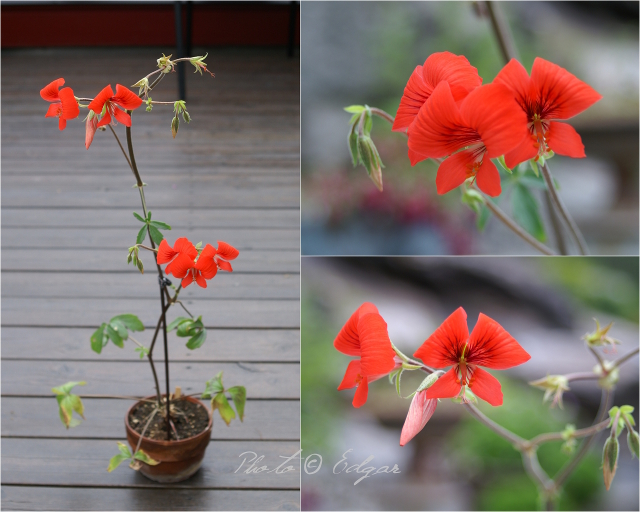
Dormant in winter – needs higher temperatures than the pelargoniums endemic to South Africa.
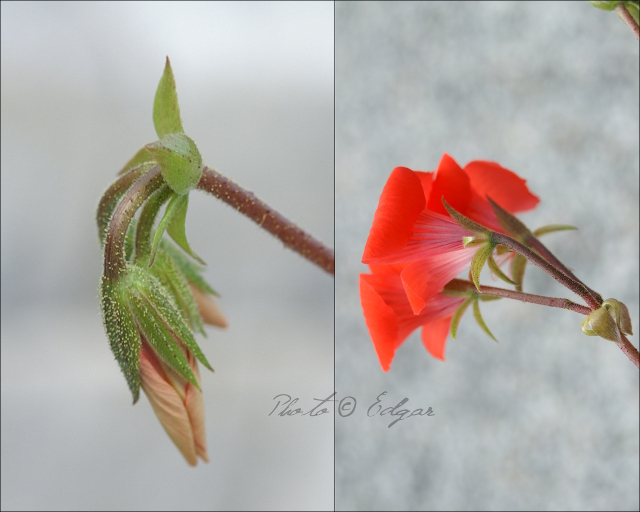
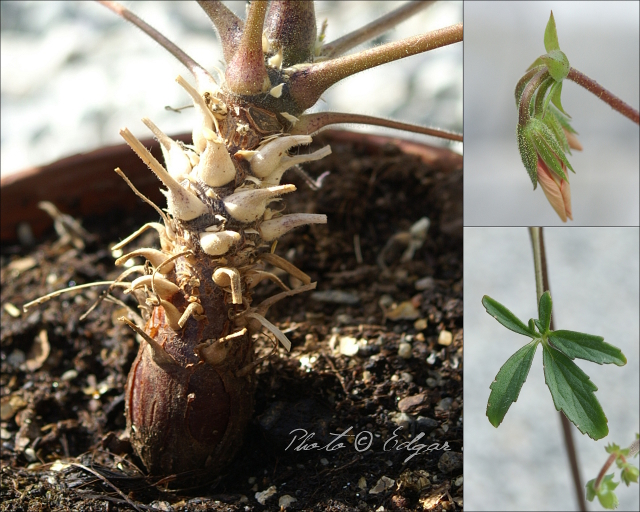
Succulent stem with leaf bases. The leaves get quite thick.
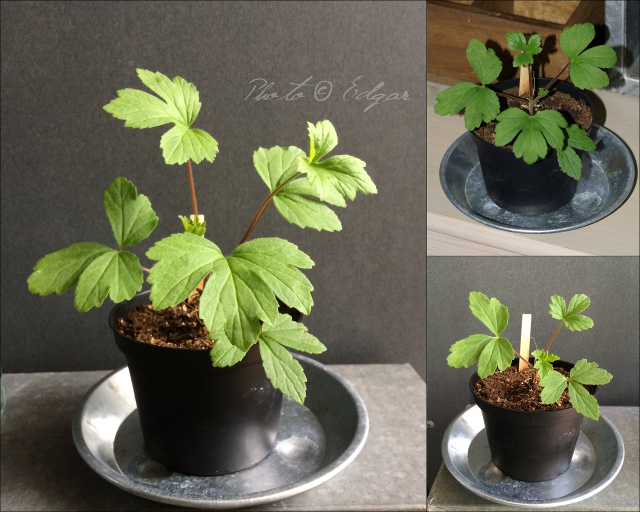
Young plant.
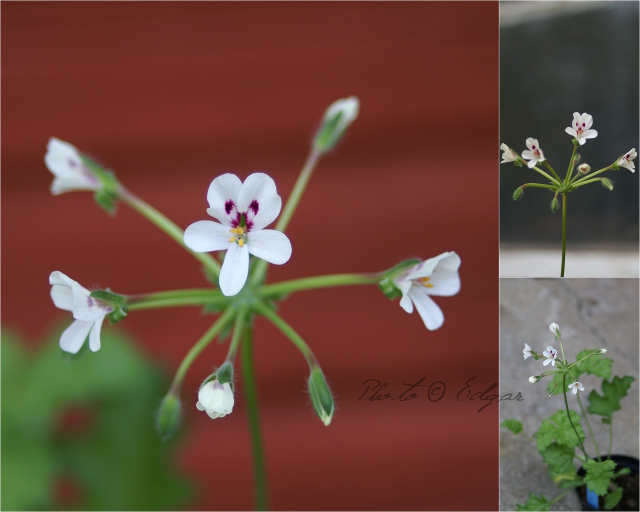
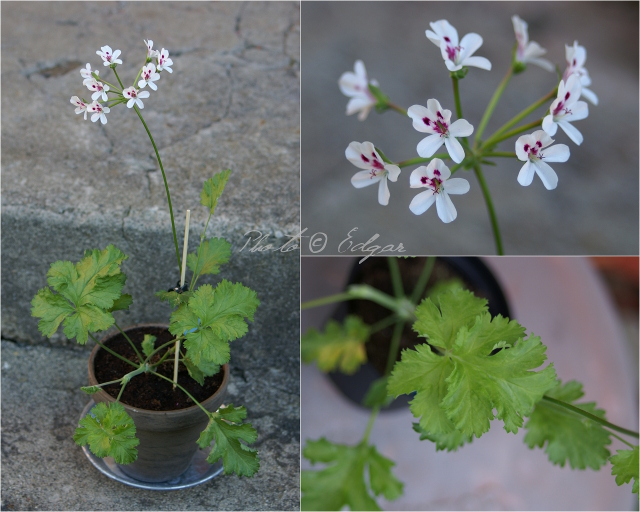
Primary hybrid with succulent stems and white flowers – upper petals with blotches.
Hybridiser: Mike Brown, Australia.
